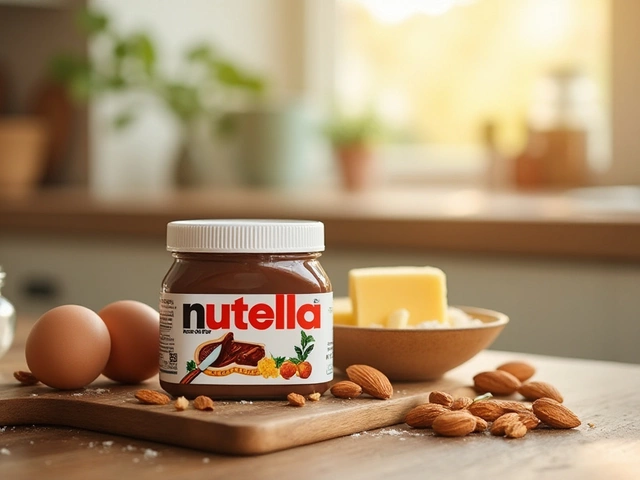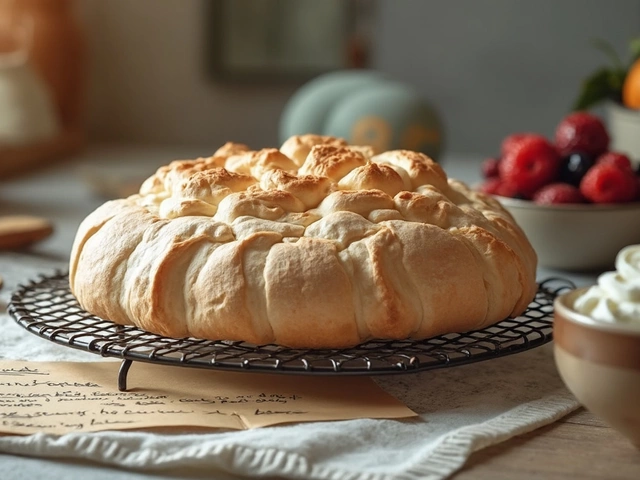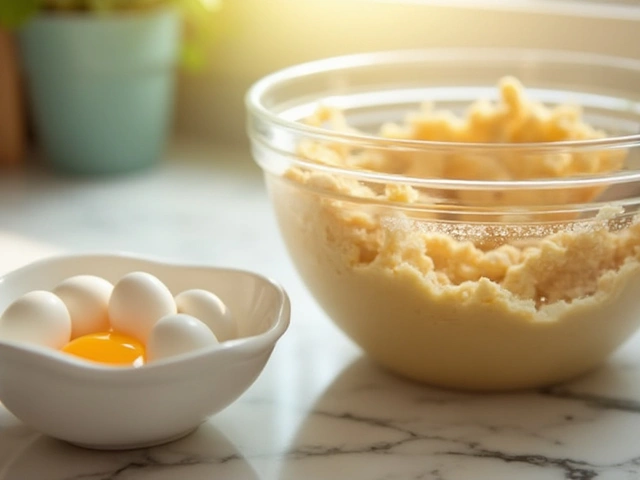Why Cakes Sink – Top Causes and How to Fix Them
If you’ve ever pulled a cake out of the oven only to see it droop in the middle, you know how disappointing it can be. A sunken cake isn’t just a looks problem – it can affect texture and taste too. The good news is that most sinking issues are preventable. By understanding the main reasons a cake collapses, you can tweak a single step and get a fluffy, perfectly risen result.
Common culprits that make a cake collapse
First, check your mixing method. Over‑mixing creates too much gluten, which makes the crumb dense and prone to sinking. Mix until the batter is just combined; a few streaks of flour are fine. Second, look at your leavening agents. Too little baking powder or soda means the cake won’t get enough lift, while too much can cause it to rise fast and then fall. Always measure leaveners accurately and use fresh ones – a quick test is to drop a bit of powder in warm water; it should fizz vigorously.
Temperature plays a big role, too. An oven that’s too hot will cause the cake’s edges to set before the middle has a chance to rise, leading to a flat center. Use an oven thermometer to confirm you’re at the right heat. Also, avoid opening the oven door during the first 20 minutes; the sudden drop in temperature can cause the cake to collapse.
Another hidden factor is the amount of liquid in the batter. Too much milk, water, or oil can make the structure weak. Follow the recipe’s ratios and add liquids gradually. If you’re substituting ingredients, remember that dairy alternatives or different oils can change the moisture balance, so you may need to adjust the dry ingredients accordingly.
Easy fixes to keep your cake rising
Start by sifting your dry ingredients together. This not only removes lumps but also aerates the flour, giving the batter a lighter base. When measuring flour, spoon it into the cup and level it off instead of scooping directly – that prevents packing and excessive weight.
Next, consider the batter temperature. Cold ingredients can cause the mixture to curdle, which interferes with rising. Let butter, eggs, and milk sit at room temperature for about 30 minutes before you begin. If you’re in a rush, a quick 10‑second microwave burst (low power) can warm them up without melting the butter.
Finally, give your cake a gentle start. Some bakers swear by placing the pan on a lower rack for the first few minutes, then moving it to the middle. This gradual heat exposure helps the cake set evenly. After baking, let the cake cool in the pan for 10 minutes before turning it out – that allows the structure to firm up and reduces the chance of a sudden collapse.
By watching your mix, leaveners, and oven, you’ll see far fewer sunken cakes. Try these tweaks on your next bake and enjoy a cake that stays tall, fluffy, and ready for frosting. Happy baking!

Gluten-Free Cakes Sink: Why It Happens & How to Prevent It
Are your gluten-free cakes caving in? Discover why this happens and how you can fix it for good with simple, science-backed baking tips.
View More




